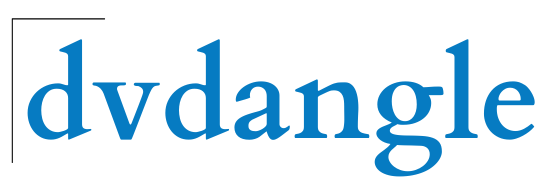In today’s digital world, having a strong web marketing strategy is essential for businesses looking to grow and thrive. In order to effectively target potential customers, it is necessary to understand their needs, expectations, and behaviors. This article will break down the steps needed to create an effective web marketing strategy.
Step 1: Identifying Your Target Audience
The first step in creating a successful web marketing strategy is identifying your target audience. This means understanding who your ideal customer is, what they want, and how they behave online. Once you have a clear picture of this audience, you can craft content that speaks directly to them.
Understanding Demographics
Demographics are measurable characteristics of the population, such as age, gender, income level, education, and occupation. You should analyze these factors to identify common patterns among your target audience.
Identifying Psychographics
Psychographics are related to demographics but focus on less tangible aspects like interests, values, attitudes, and lifestyles. By understanding the psychographics of your target audience, you can tailor your messaging and offerings to resonate with their personal preferences and desires.
Observing Online Habits
Knowing how your target audience behaves online will help you select the right channels and formats for your marketing efforts. Research their preferred social platforms, website browsing habits, and response to different types of advertising.
Step 2: Setting Clear Objectives and KPIs
To successfully execute your web marketing strategy, it’s crucial to set clear objectives and Key Performance Indicators (KPIs). These goals will guide your efforts and provide a benchmark against which to measure success.
Creating SMART Objectives
SMART objectives are Specific, Measurable, Achievable, Relevant, and Time-bound. By setting objectives that follow this framework, you will ensure your goals are well-defined and actionable.
Selecting Key Performance Indicators (KPIs)
KPIs help track the effectiveness of your web marketing strategy by measuring progress towards your objectives. Select KPIs that closely align with your objectives to provide meaningful insights into how well your efforts are working.
Step 3: Developing Your Content Strategy
A critical component of any web marketing strategy is content creation. Your content should be engaging, informative, and align with your target audience’s needs and interests.
Defining Your Brand Voice
Your brand voice must remain consistent throughout all of your online communications. Establish a tone that reflects your company values and resonates with your target audience.
Content Formats
There are numerous formats available for creating compelling content. Ensure diversity in your content formats to appeal to different preferences among your target audience. Examples include blog articles, videos, podcasts, infographics, and webinars.
Keyword Research
Carry out keyword research to identify topics and phrases relevant to your target audience. This will help you optimize your content and improve its visibility on search engines.
Step 4: Selecting Marketing Channels
Once your content is ready, it’s time to choose the right channels to distribute your message. Consider the following factors:
- The best platforms for reaching your target audience
- Channels providing opportunities for organic growth
- Effective channels for achieving your campaign objectives
- Channels that allow for accurate measurement and tracking of KPIs
Email Marketing
Email marketing allows you to reach your audience directly, build relationships, and increase loyalty. Tailor your email campaigns according to users’ preferences and behaviors for maximum impact.
Social Media Marketing
Social media platforms are perfect for sharing different types of content, engaging with your target audience, and driving website traffic. Choose the platforms most popular among your target audience, such as Facebook, Twitter, Instagram, LinkedIn, or Pinterest, to focus your efforts.
Search Engine Optimization (SEO) and Pay-Per-Click (PPC) Advertising
SEO refers to improving your web content’s visibility on search engines through non-paid methods. PPC advertising involves placing ads that appear at the top of search engine results when specific keywords are searched, charging a fee each time the ad is clicked. Both strategies can significantly boost website traffic and conversions when tailored to your target audience’s needs.
Step 5: Continuous Monitoring and Improvement
An effective web marketing strategy is never truly complete, as it requires constant monitoring and optimization. You must analyze your campaign data and performance metrics using tools like Google Analytics to make informed improvements.
Evaluating Success Against KPIs
Monitor your KPIs regularly to ensure your campaigns stay on track. Make adjustments to your content, channels, or targeting if needed to maximize success.
A/B Testing
To continually optimize your web marketing strategy, perform A/B testing on different elements such as headlines, images, calls-to-action, and layouts. By testing and comparing various versions, you can identify what works best for your audience and refine your strategy accordingly.
By following these steps, you can create a highly effective web marketing strategy that helps your business reach and engage your target audience, achieving your growth objectives. Remember always to adapt, improve, and innovate to stay ahead in the ever-evolving world of digital marketing.




